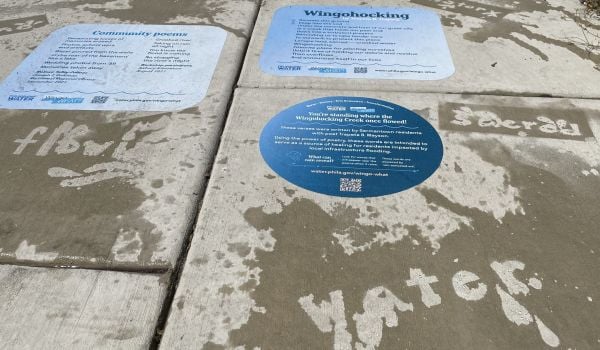Philadelphia is the first major U.S. city to begin work on a plan to protect historic buildings from natural disasters, reports PlanPhilly. Out of $1.5 million granted to Pennsylvania by the National Park Service, the historic city has received $200,000 to survey landmarks at risk of flooding or other hazards and develop a plan for their preservation. Three other counties in Pennsylvania, considered one of the most flood-prone states in the nation, will split the remainder of the funding to develop their own hazard mitigation strategies for historic resources.
“We structured the [grant] application to be oriented to proactive planning and strategy development,” Cory Kegerise, community preservation coordinator for the eastern region at the Pennsylvania Historical & Museum Commission, told PlanPhilly. “We wanted to push the idea of preservation out of reactionary mode to front-end planning, and figure out where historic buildings might be and how to prevent damage to them.”
A preliminary survey funded by the grant identified 505 buildings listed on local or national registers of historic places and located in flood hazard areas, at risk of inundation during a Category 1 hurricane. Hundreds more buildings were identified as vulnerable in the case of Category 2 to 4 hurricanes. About half of these at-risk buildings are in Center City Philadelphia, but many high-profile historic sites — including Independence Mall — are located out of harm’s way, on higher ground. In terms of resilient and sustainable infrastructure, Philly’s water agency has been an urban leader for several years.
A second survey is being lead by the U.S. Army Corps of Engineers (USACE), which contributed an additional $135,000 for Philadelphia’s pilot project, to collect detailed information on building elevation and flood vulnerability. That team’s work, expected to be completed in April, will help planners understand when and how structures will be damaged during flooding events.
The next phase of the initiative will enlist the USACE’s National Nonstructural Flood Proofing Committee to develop recommendations on how to protect up to 25 different kinds of historic buildings found in the city, including its distinctive rowhouses.
Jen Kinney is a freelance writer and documentary photographer. Her work has also appeared in Philadelphia Magazine, High Country News online, and the Anchorage Press. She is currently a student of radio production at the Salt Institute of Documentary Studies. See her work at jakinney.com.
Follow Jen .(JavaScript must be enabled to view this email address)
















